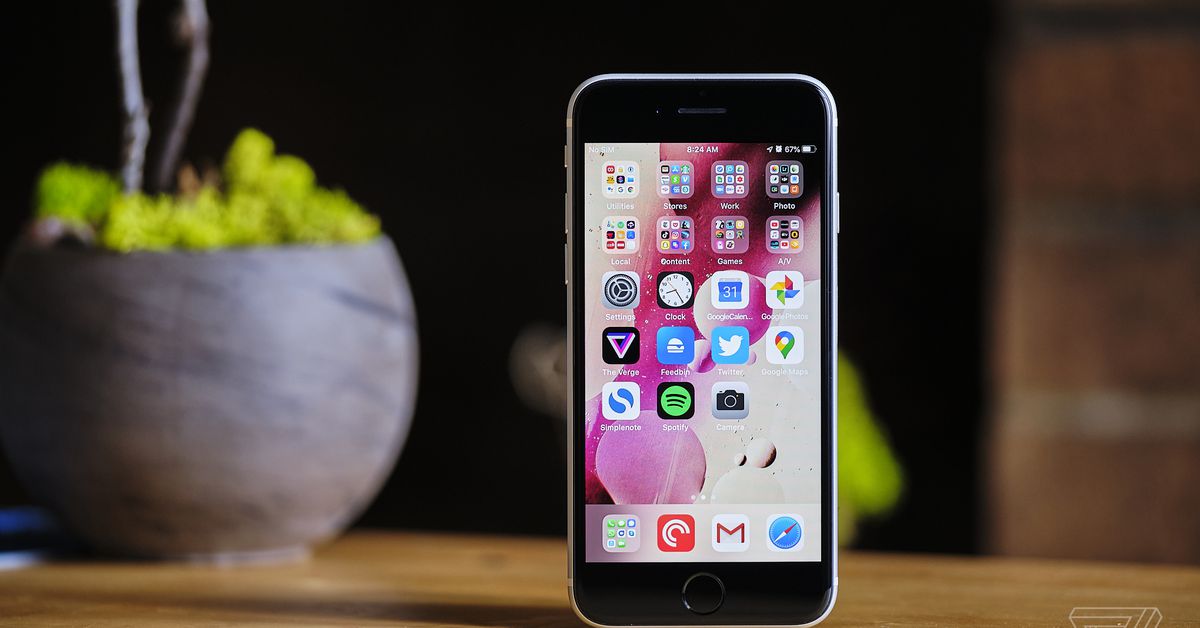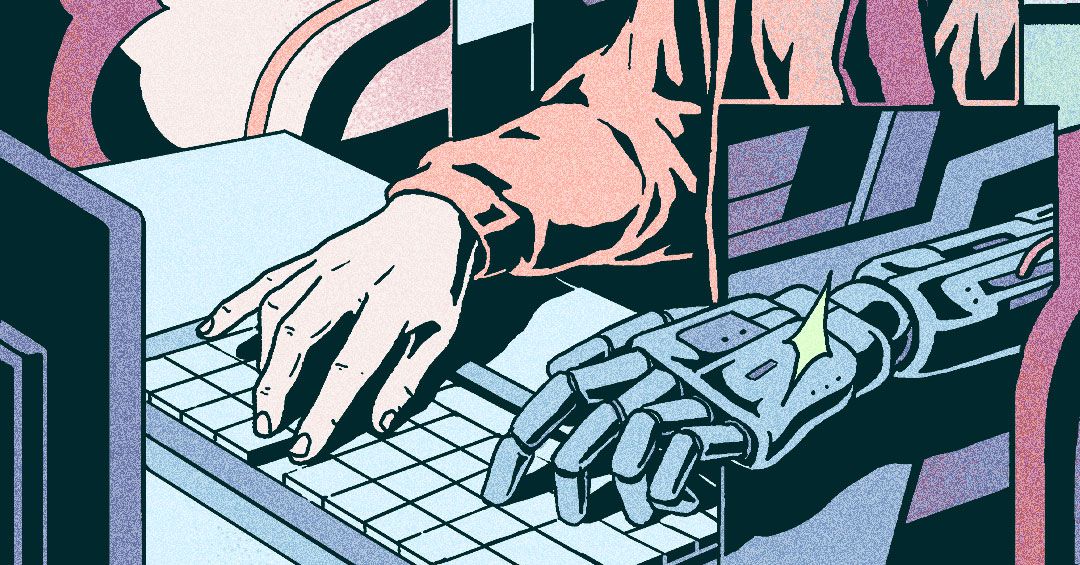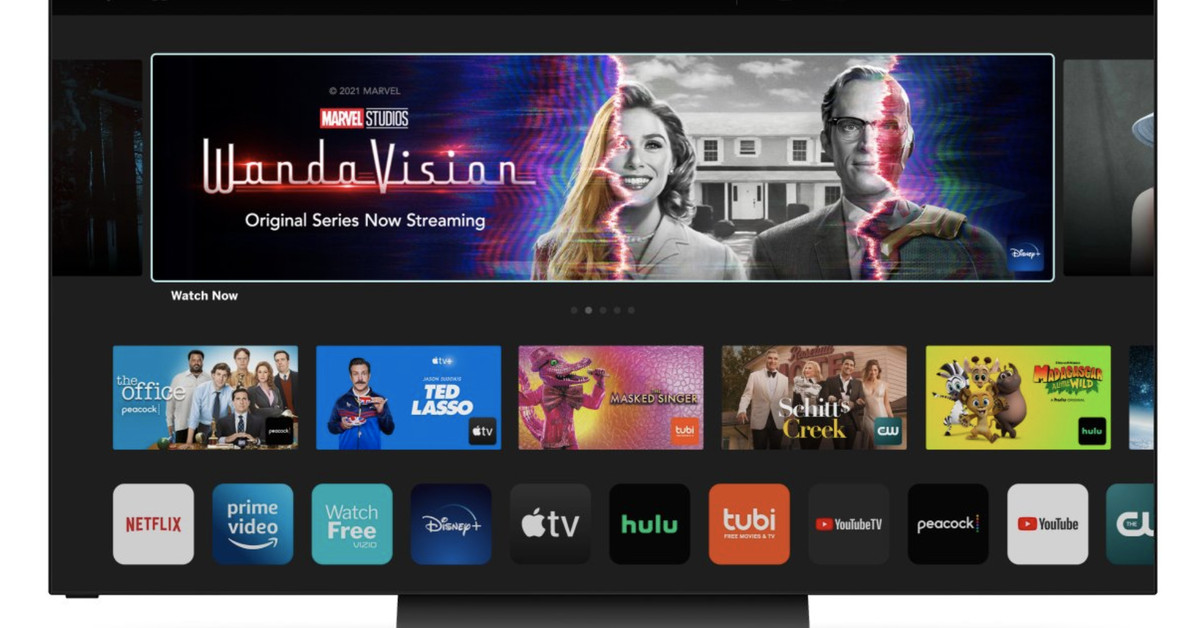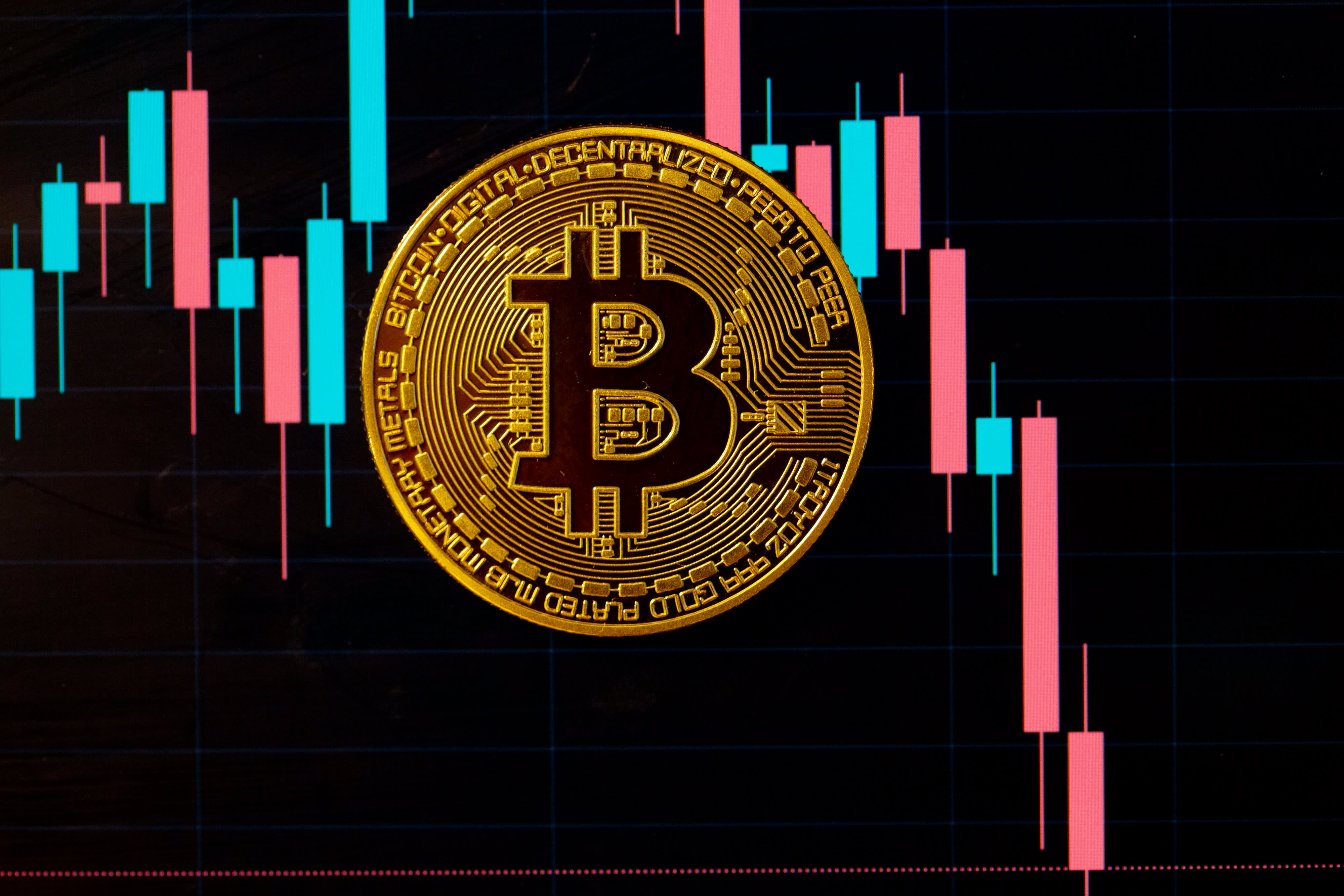The 5G iPhone SE will be for carriers, not customers
Apple is widely expected to release a new iPhone SE model this week, the company’s third — and its quickest update yet for its cheapest line of smartphones. Apple’s release cycle for the SE line is accelerating: the original...

Apple is widely expected to release a new iPhone SE model this week, the company’s third — and its quickest update yet for its cheapest line of smartphones.
Apple’s release cycle for the SE line is accelerating: the original iPhone SE was released in 2016 as an entry-level option for the iPhone lineup, priced at just $399 — compared to the $649 iPhone 6s model that preceded it a few months before. The second-generation model followed four years later, in 2020.
Now, just two years later, Apple is preparing to release its third-generation iPhone SE, one that’s rumored to offer broadly the same design as the 2020 SE, but with an upgraded processor and camera from the 2020 model, along with 5G.
And it’s that final detail — the addition of 5G — that seems to reveal why Apple is upgrading the iPhone SE this early: it’s an upgrade for the carriers, not the customers.
While 5G isn’t worthless, in 2022, it’s not the revolutionary, must-have technology that cell carriers are pitching it as. Speeds are still lackluster in most cases, requiring very specific conditions with mmWave networks or the still-nascent mid-band networks that most of the US’s main carriers are still struggling to roll out. Several years in, and 5G is still more a marketing note than a revolutionary change to how most people use the internet on the go.
Adding 5G also has a lot of potential downsides, too. The 5G modems that Apple gets from Qualcomm are estimated to be the single most expensive component in an iPhone — more than its Face ID arrays, high-resolution displays, or Apple’s own primary A-series processors. Even if Apple were to keep every other aspect of the new SE identical to the 2020 hardware, it’s likely that adding 5G either means customers being forced to pay more or Apple to accept less profit (if not both).
There’s precedent for that kind of price increase, too: when Apple added 5G with the iPhone 12, it raised the price of the base iPhone 12 model to $699, up from the standard iPhone 11’s $649 price tag (although its likely that other upgrades, like an OLED screen, may have impacted that).
5G could hit customers in another way, too: battery life. The 2020 iPhone SE struggles with battery life, with a 1,821mAh battery that it inherited from the iPhone 8 (with which it shares a design). That’s considerably smaller than the 2,227mAh battery in the iPhone 12 mini, and the 12 mini already struggled to juggle 5G connectivity and a full day of use. A smaller battery and a more draining 5G radio would not bode well for the 2022 SE — assuming Apple does keep the same broad design as the 2020 model.
The 2020 iPhone SE phone was praised when it was announced for the fact that it would last customers for years before they’d need a new one. So with all those looming issues, why would Apple rush to get a new iPhone SE out so soon after the last one?
Because carriers like Verizon, T-Mobile, and AT&T want 5G devices in stores. US carriers have spent years hyping out their 5G networks (sometimes even when they’re not 5G at all) to help them upsell customers on getting a new device through a mixture of future-proofing and fear of missing out on the next big thing. It’s not about the specific phones — it’s about getting customers to lock themselves into monthly upgrade costs and ensure that they’ll stick around as paying subscribers for months and years to come.
And flashy 5G devices — with the promise of next-generation speeds that your old, dowdy phone simply lacks — are the perfect incentive to get customers to sign on the dotted line. (More 5G customers also help networks justify the massive expenditure in “racing” to build out these new 5G networks over the past few years.)
A desire to appease carriers looking to sell customers on 5G seems like the most probable reason for an upgrade now — especially when you consider that, historically, the main driver for SE releases has been Apple switching its primary iPhone to a new design. The first-generation SE brought back the legacy iPhone 5 and 5S design — which had been replaced by the iPhone 6’s larger screens the year before — offering a last-generation design with more modern internal hardware that could still handle Apple’s latest software releases.
:no_upscale()/cdn.vox-cdn.com/uploads/chorus_asset/file/19915228/vpavic_042020_3980_0073.jpg) Photo by Vjeran Pavic / The Verge
Photo by Vjeran Pavic / The Verge
It took four years for Apple to release a second-generation iPhone SE in 2020, which followed a similar pattern. The 2020 SE brought back the just-deprecated iPhone 6 design, which the company had finally removed from its mainline lineup the previous fall with the release of the iPhone 11, which standardized the iPhone X’s full-screen design.
The iPhone SE 2020’s processor — an A13 Bionic, on par with the iPhone 11 — is in no danger of being outdated any time soon by Apple’s annual software updates (the most recent iOS 15 release still runs on the original iPhone SE’s A9 SoC).
Even if Apple sticks in an A14 (iPhone 12-equivalent) or A15 (iPhone 13) chipset, it’s only helping to future proof the 2022 SE by another year or two — hardly a reason to introduce a whole new model. And since nearly the major rumors point to Apple keeping the same iPhone 6-era design for the 2022 refresh, it’s hard to imagine broad upgrades to the camera (which would likely require the company to overhaul the entire back of the phone to fit a larger camera array, as featured on its newer phones), display, or battery life.
And while we’ll have to wait for the actual reveal on Tuesday to know for sure, all signs right now point to more compromises than ever for the new iPhone SE in a bid to optimize the device for carriers to sell it, not the customers who’ll be buying it.
Since its launch, the $400 SE has remained a constant floor for Apple’s iPhone pricing, even with Apple going on to release pricier models that cost well over $1,000. That $400 entry point has stuck around. It’s been one of the key selling points of the product: a fully-fledged iPhone with a more affordable price tag.
Maybe Apple has come to the conclusion that the 5G connectivity has become a key part of that standard iPhone experience. And if Apple can keep the new 5G SE at the same $400 price tag while offering iPhone 13-level performance and at least some of the battery improvements from last year’s models, it could have a somewhat compelling option to ease customers into the iPhone life with a few new perks along the way. We’ll find out one way or the other when Apple takes the stage on Tuesday at 1PM ET.

 Aliver
Aliver 
































